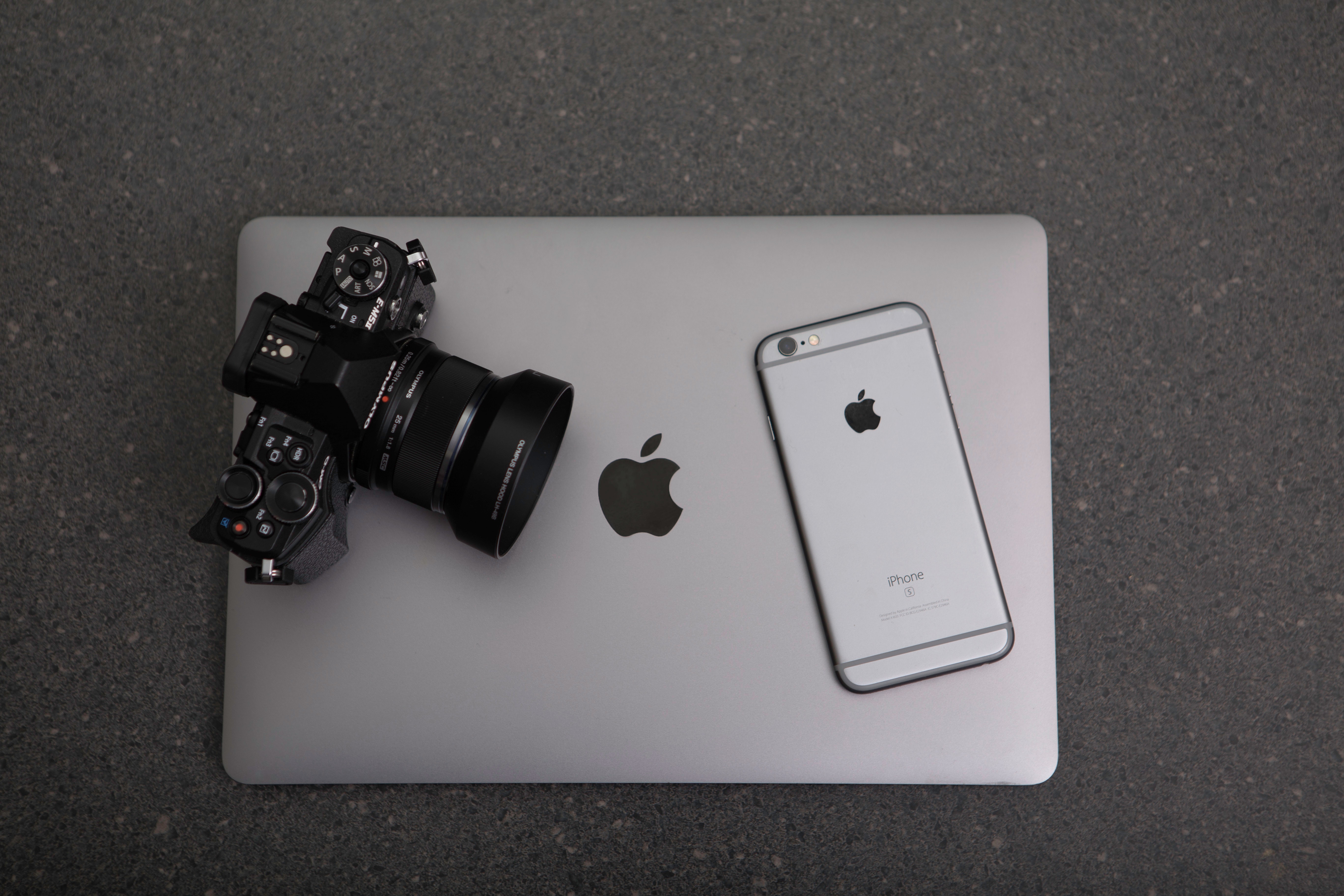Originally published in USA Today
By Sanjoy Ghosh
For ETF investors, Apple stock is a lot like the Apple devices: It’s everywhere.
It’s in growth and value ETFs; it’s in U.S. and international ETFs; it’s in technology and dividend ETFs. It’s even in a narrow-based, environmentally focused ETF, the tiny Huntingdon Ecological Strategy ETF (HECO). In fact, it’s that tiny fund’s ($8.52 million in assets) top holding.
Investors may be particularly overexposed to Apple, if they invest in the big-name, broad-market ETFs. Apple (AAPL) makes up 14.72% of the popular PowerShares QQQ Trust (QQQ), 4.04% of the SPDR S&P 500 ETF (SPY) and 4.69%of the SPDR Dow Jones industrial average ETF (DIA).
Apple’s inclusion in so many ETFs can mean many investors probably are not as well diversified as they think, especially as a large proportion of them likely own Apple shares.
Some market psychics also believe Apple joining the Dow earlier this month is a curse. They predict the stock is destined to drop, at least in the next year, like other stocks have done, at least since 1999, when added to the DJIA. The so-called “Dow curse”has sent shares of some nine of the 15 additions to the Dow an average of 6.3% lower in the first month of listing on the index. Perhaps the iWatch, coming to stores this month, will flop.
Longer term, Ken Kam, president & CEO at Marketocracy, a fund manager incubator in San Francisco, notes that Apple’s $700 billion market cap makes it difficult to see how their historic growth rate can continue. Apple needs to create another $700 billion of value in the next 10 years to achieve a mere 7% annual return — less than the long-term average annual return of the S&P 500 since 1995, said Kam, who also oversees the Marketocracy Core and Explore portfolios on Covestor.
The inclusion in the DJIA has its own set of peculiar technical issues, too, as the index is price-weighted rather than weighted by market-capitalization, like the S&P 500, or equal-weighted, like some new ETFs that track the index, such as Guggenheim S&P 500 Equal Weight ETF (RSP), which can limit the effect of one stock by weighting each of the 500 companies in the S&P 500 at 0.2%.
A price-weighted index is a familiar relic, but I believe it serves no useful purpose tracking the performance of a sector of large industrial stocks, as stocks with the same market-capitalization can have wildly different stock prices depending on the float or shares issued.
The current price of Apple is in line with other companies in the index. Indeed, several stocks presently comprise larger proportions of the Dow than Apple, because they have higher stock prices: Boeing (5.6%), IBM (6.04%), 3M (6.16%) and Goldman Sachs (7.09%), according to Index Arb, a market research firm.
The last time a stock was that large of a percentage of the S&P 500 was in 1985 when IBM made up 6% of the index. Things haven’t been quite the same for Big Blue ever since.
Apple certainly has a culture that has managed to defy skeptics before, but unwitting investors who may find they own Apple in multiple corners of their overall portfolio will need to decide if they believe Apple can defy gravity.
Sanjoy Ghosh is Chief Investment Officer at Covestor (Covestor.com), an online investing marketplace.
The investments discussed are held in client accounts as of March 26, 2015. These investments may or may not be currently held in client accounts. The reader should not assume that any investments identified were or will be profitable or that any investment recommendations or investment decisions we make in the future will be profitable.

